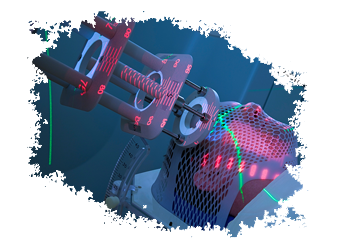
Radiation Therapy: A Vital Treatment in the Fight Against Cancer
Radiation therapy is one of the most effective and commonly used treatments in modern oncology. It involves using high-energy rays, like X-rays, to target and destroy cancer cells, helping to shrink tumors or prevent them from growing further. This precise treatment is crucial in both curative and palliative cancer care, and it can be combined with surgery, chemotherapy, or immunotherapy for better results.
There are two main types of radiation therapy: external beam radiation, where radiation is directed at the tumor from outside the body using a machine, and internal radiation (or brachytherapy), where radioactive material is placed directly inside or very close to the tumor. These techniques allow doctors to precisely aim radiation at cancer cells, minimizing the damage to surrounding healthy tissue.
Radiation therapy isn't just for treating cancer — it can also be used to manage symptoms in advanced cancers, providing pain relief or reducing tumor size. While it’s a powerful tool, radiation treatment is carefully planned and personalized to each patient’s needs. Special care is taken to monitor potential side effects, which can range from temporary skin irritation to more long-term effects like fatigue or, in some cases, secondary cancers.
The impact of radiation therapy is profound: it saves lives, reduces pain, and often improves the quality of life for patients battling cancer. As research advances, the precision and effectiveness of radiation therapy continue to improve, offering hope and healing to those facing cancer.
Whether used alone or in combination with other treatments, radiation therapy remains a cornerstone of cancer care. It helps turn the fight against cancer into a fight for life.